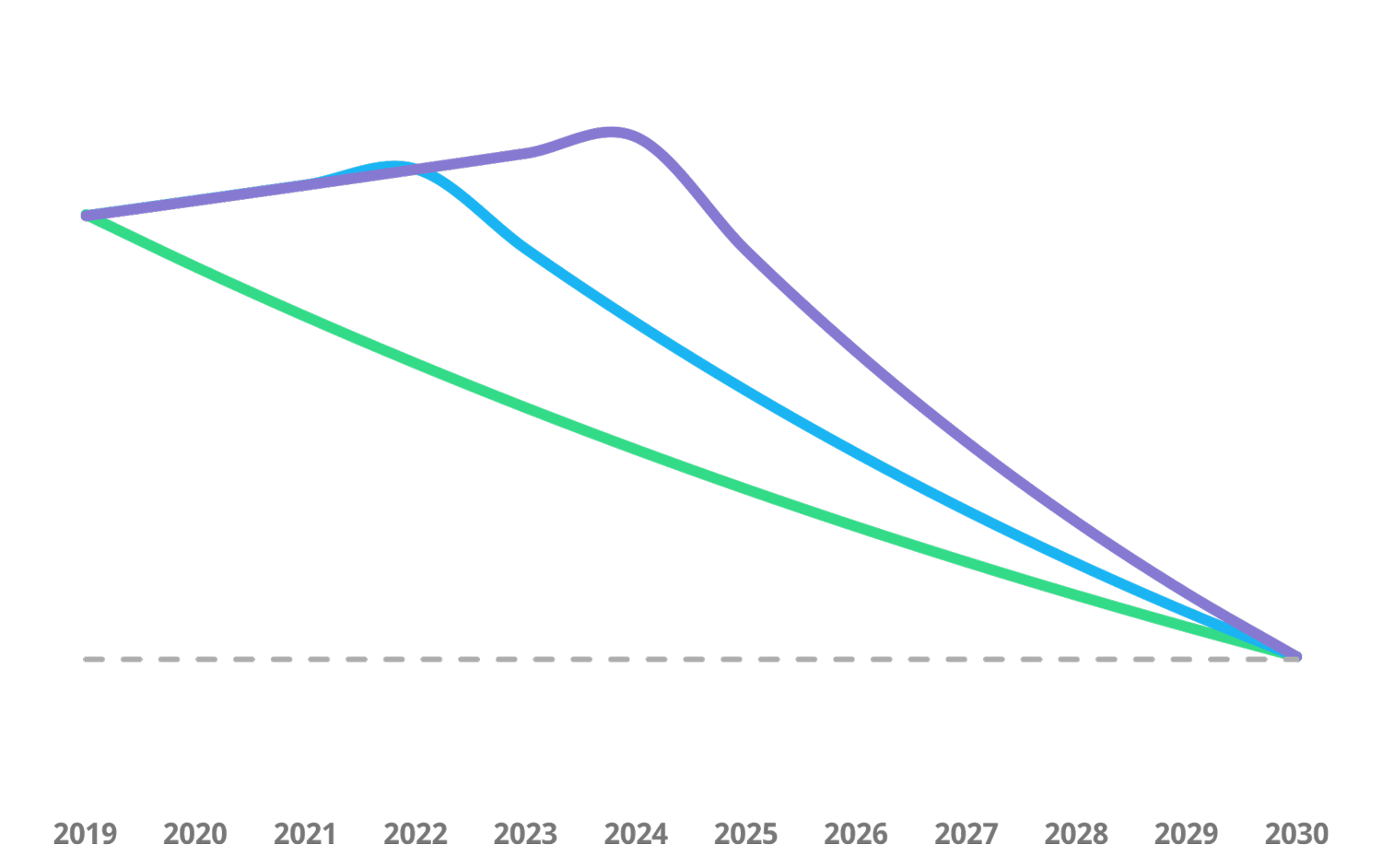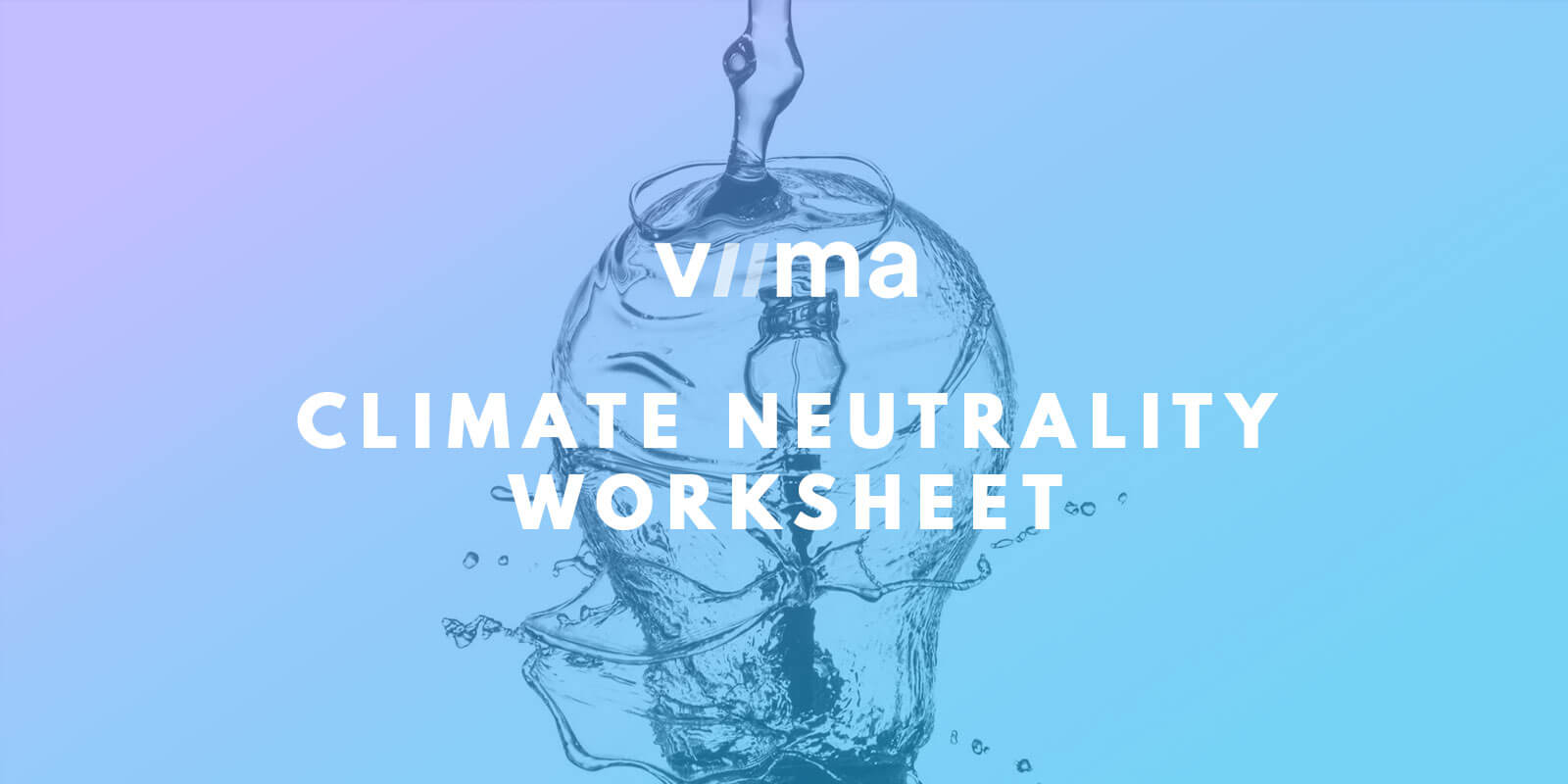The Zero Challenge – Becoming Climate Neutral
The topic of this post is a bit different from what I write about, but just as important.
For as long as humanity’s been around, innovators have always been creating the future. As a result, we’ve made tremendous progress and changed our world for the better in so many ways.
However, these innovations have also led to some unanticipated and undesirable consequences, the most evident of which is climate change.
As I’m sure you already know, climate change is an existential threat, which threatens not just our businesses and livelihood, but the entire planet. Yet, it’s such an enormous and complex challenge that there isn’t a simple or easy solution to solve it.
While the awareness of the problem has been increasing and there have been a number of positive developments in the last few years, there are still so many conflicting interests that it doesn’t look like our politicians will be able to take big and decisive enough steps until it’s already too late.

We, as innovators, need to act
If you’re reading this, odds are you’re an innovator or a decision-maker.
As a group, we are not just pretty well off, but also quite well equipped to tackle the problem. We have    the means, the know-how, and the ability to look at the big picture and take a long-term view on things.
If we don’t lead by example, who will?
That of course means that we should take sustainability into consideration in our day-to-day work, but unfortunately that is no longer enough.
At Viima, we’ve had a great year. We’ve doubled the number of our paying customers for the third year in a row, while continuing to increase our profitability, and wanted to make the most out of our positive circumstances by committing to being a climate neutral company.
We’ve just achieved that goal by becoming net carbon negative, and have also taken the UNFCCC Climate Neutral Now Pledge to show our commitment and continued support for the cause.
Viima is now net carbon negative, and we’ve also taken the UNFCCC Climate Neutral Now Pledge to show our commitment and continued support for the cause.
What’s more, we chose to double down by retroactively offsetting all of the emissions our company is responsible for 2.5x over going back to our founding in 2013.
In addition, we’ve offset the personal carbon footprint of all of our employees for the duration of their employment at Viima, including past employees, multiplied by the same factor of 2.5 (as recommended by South Pole).

Taking action is easy – and good business
The big surprise for us was how easy and affordable it was to actually accomplish carbon neutrality.
Thanks to the great information and tools available online, the project took roughly a day’s worth of work, and offsetting our emissions cost us 0.2% of our forecasted EBIT for the year. The ongoing financial impact of our commitment will likely be even less than that since this figure includes the offsets for our past emissions as well.
The actions we’ve been taking to minimize our impact on the environment, have also helped the business. For example, by choosing to minimize travel, we’ve saved quite a bit of money and freed up a lot of time that can be used to serve more customers better.
Investing in sustainability isn’t just the right thing to do, it’s also good business.
Even if it might not be as easy or straightforward for your organization as it was for us, taking action now is still relatively cheap and helps mitigate both political and operative risks of the business going forward.
However, the longer we delay taking action, the more drastic the needed measures will be.
According to UNEP executive director Inger Andersen, we need to cut emissions roughly 8% annually over the next decade if we want to stay below the 1.5C ceiling that is considered to be the threshold for disastrous consequences. And while that’s already a significant figure, it rises rapidly if we wait even a few more years.

Thus, when the aforementioned risks do eventually realize and politicians financially decide to enforce strict policies, the longer an organization has postponed taking these actions, the more disruptive the impact will be for it.
What can you do?
So, the question is, what can you do to make a positive impact?
There are obviously countless ways, but it isn’t always easy to know which ones work and which don’t.
Pretty much every method you can use to fight climate change seems to receive their fair share of criticism and debate, which is good since it helps us improve the methods and make smarter decisions going forward.
However, the problem is that the criticism has also led to inaction.
There isn’t a perfect, or best, way to fight climate change. We just need to get started and do things that move the needle in the right direction.
In my opinion, the UNFCCC has done a great job with Climate Neutral Now Pledge, which is why we’re advocating for the program. It’s a clearly positive effort and makes it very easy to take meaningful action.
Here are a few actions you can take to get started:
- Take the Climate Neutral Now Pledge for your organization
- Convince your management to take the Pledge
- Take the Pledge yourself
- Spread the word about the Pledge
As mentioned, taking the Climate Neutral Now Pledge is very easy. You can follow the quite simple and straightforward instructions outlined by UNFCCCÂ here.
They have great materials and resources on the topic, and I’ve found their team to also be very helpful and supportive.
While preparing to take the Pledge, we created a simple spreadsheet that we’d like to share to help you figure out your emissions, and the appropriate amount of CERs (Certified Emission Reduction) to purchase. The template also has a couple of links which you may find useful.
You can download the spreadsheet from here.
If you’re not a decision-maker yourself, you can always take the Pledge yourself and try to convince your management to have the organization take it too. Be prepared to explain how taking the Pledge is a smart business decision, not just something nice to do for the greater good.
And, of course, please tell everyone how easy it is to do the right thing and do their part for the climate.
The more of us participate, the bigger the impact of our actions will be, and thanks to social pressure, the likelier we are to influence others to join the cause as well.
Let’s make the next decade count, not just for our businesses, but also for the planet!
This article was originally published in Viima’s blog.
Image credits: Unsplash
Wait! Before you go…
Choose how you want the latest innovation content delivered to you:
- Daily — RSS Feed — Email — Twitter — Facebook — Linkedin Today
- Weekly — Email Newsletter — Free Magazine — Linkedin Group
 Jesse Nieminen is the Co-founder and Chairman at Viima, the best way to collect and develop ideas. Viima’s innovation management software is already loved by thousands of organizations all the way to the Global Fortune 500. He’s passionate about helping leaders drive innovation in their organizations and frequently writes on the topic, usually in Viima’s blog.
Jesse Nieminen is the Co-founder and Chairman at Viima, the best way to collect and develop ideas. Viima’s innovation management software is already loved by thousands of organizations all the way to the Global Fortune 500. He’s passionate about helping leaders drive innovation in their organizations and frequently writes on the topic, usually in Viima’s blog.
NEVER MISS ANOTHER NEWSLETTER!
LATEST BLOGS
Christmas Tree Time Saver
We went out and got our Christmas Tree last night and it turned out to be more rewarding than last…
Read MoreTime to Prepare for Financial Winter
The holidays have always been more about family, faith, and giving than spending money which is good because people should…
Read More



